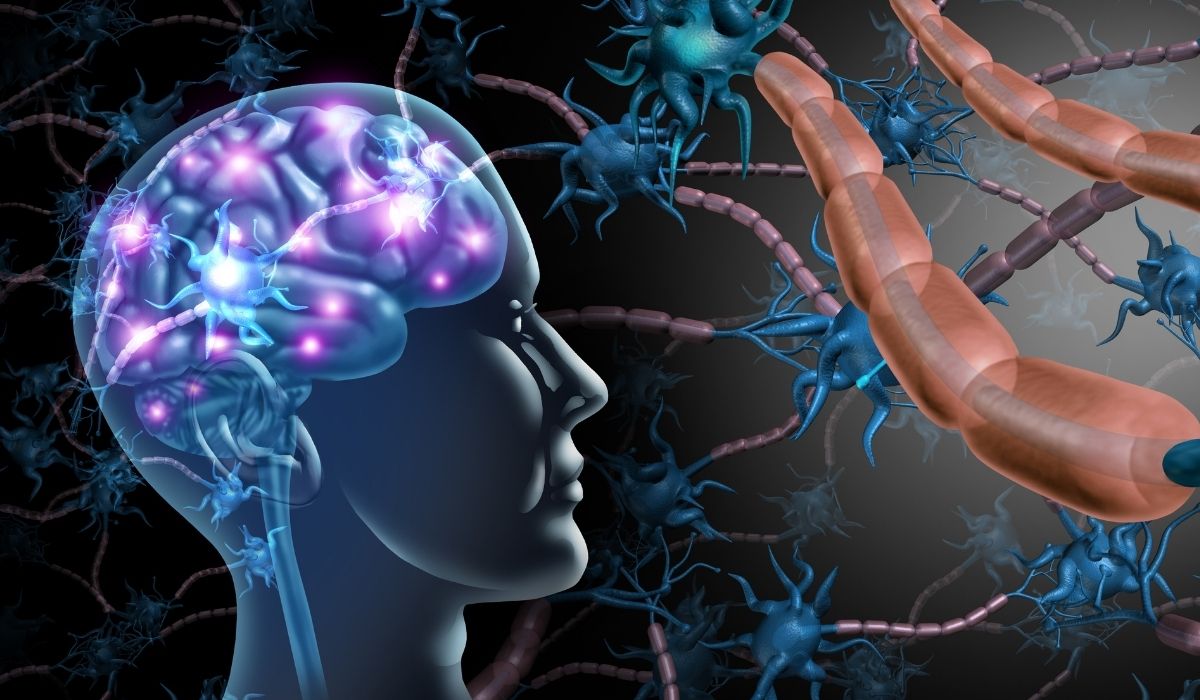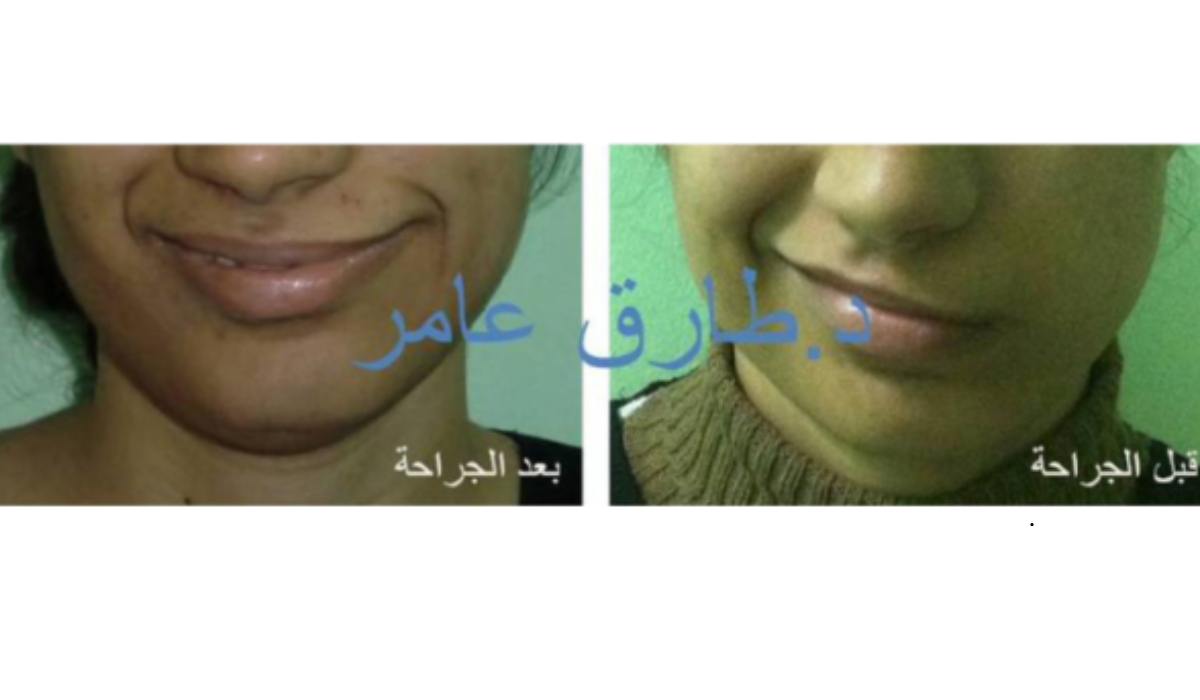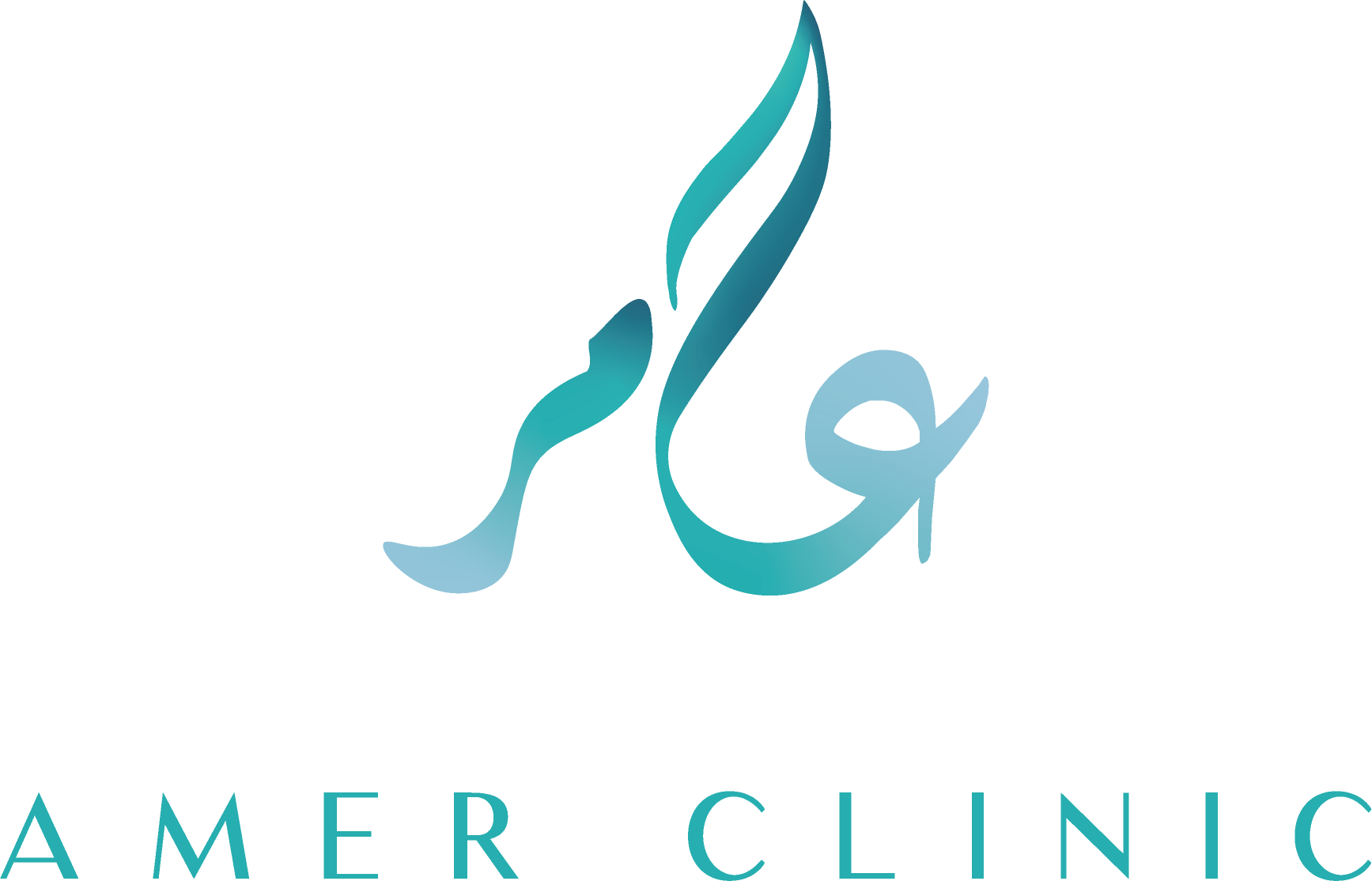
Table of Content
-
Understanding Facial Nerve Palsy
-
About Dr. Tarek Amer
-
Causes of Facial Nerve Palsy
-
Symptoms and Diagnosis
-
Treatment Options at Amer Facial Paralysis Center
-
Post-Treatment Care and Rehabilitation
-
Success Stories from Amer Facial Paralysis Center
-
Why Choose Dr. Tarek Amer?
-
Conclusion
-
Resources and References
Understanding Facial Nerve Palsy

Facial nerve palsy, also known as seventh nerve palsy, is a condition that causes weakness or paralysis of the facial muscles. This impairment can lead to difficulties in facial expressions, speaking, eating, and even closing the eye on the affected side. The condition can result from various causes, including viral infections, trauma, tumors, or congenital factors.
At Amer Facial Paralysis Center, under the expert guidance of Dr. Tarek Amer, patients receive comprehensive care tailored to their specific needs. Dr. Amer’s extensive experience and specialized training make him a leading authority in the treatment of facial nerve palsy in the Middle East.
About Dr. Tarek Amer
Dr. Tarek Amer is a Professor of Plastic and Microsurgery at Cairo University and a pioneer in the field of facial nerve paralysis treatment. With over 25 years of experience, he has performed hundreds of successful surgeries, restoring smiles and improving the quality of life for many patients.
His expertise encompasses advanced microsurgical techniques, including nerve repair, grafting, and muscle transfer, making him a sought-after specialist for complex facial nerve issues.
Causes of Facial Nerve Palsy
Facial nerve palsy can arise from various etiologies:
-
Bell’s Palsy: An idiopathic condition causing sudden, temporary facial paralysis.
-
Trauma: Injury to the facial nerve due to accidents or surgical procedures.
-
Tumors: Growths that may compress or invade the facial nerve.
-
Infections: Viral infections like herpes simplex can lead to nerve inflammation.
-
Congenital Factors: Conditions present at birth affecting nerve development.
Understanding the underlying cause is crucial for determining the appropriate treatment approach.
Symptoms and Diagnosis
Common symptoms of facial nerve palsy include:
-
Drooping of one side of the face
-
Inability to close the eye on one side
-
Loss of the sense of taste on the front two-thirds of the tongue
-
Pain around the jaw or behind the ear on the affected side
Diagnosis typically involves:
-
Clinical Examination: Assessing facial muscle strength and symmetry.
-
Electromyography (EMG): Evaluating electrical activity in the facial muscles.
-
Imaging Studies: MRI or CT scans to identify structural causes like tumors.
Early diagnosis is essential for effective treatment and optimal recovery.
Treatment Options at Amer Facial Paralysis Center
Dr. Tarek Amer offers a range of advanced treatment options for facial nerve palsy:
Microsurgical Nerve Repair
This technique involves the precise reconnection of damaged facial nerve fibers using specialized instruments. Early intervention can significantly improve outcomes.
Cross-Facial Nerve Grafting
In cases where direct nerve repair isn’t feasible, a healthy nerve from the opposite side of the face is grafted to the affected side, restoring facial symmetry and function.
Muscle Transfer Techniques
For patients with long-standing paralysis, transferring a functional muscle, such as the gracilis muscle, to the face can restore dynamic movement, including smiling.
Botulinum Toxin Injections
Botox injections help manage synkinesis (involuntary muscle contractions) and improve facial symmetry by relaxing overactive muscles.
Facial Physiotherapy
A tailored physiotherapy program aids in muscle re-education, enhancing facial movements and preventing contractures.
Post-Treatment Care and Rehabilitation
Post-operative care is vital for successful recovery:
-
Follow-Up Appointments: Regular check-ups to monitor progress.
-
Rehabilitation Exercises: Customized exercises to strengthen facial muscles.
-
Psychological Support: Addressing emotional well-being during recovery.
Dr. Amer’s team provides comprehensive support throughout the rehabilitation process.
Why Choose Dr. Tarek Amer?
-
Extensive Experience: Over two decades of specialized practice.
-
Advanced Techniques: Utilization of cutting-edge microsurgical methods.
-
Personalized Care: Tailored treatment plans for each patient.
-
High Success Rates: Proven outcomes in restoring facial function.
Choosing Dr. Amer means opting for a comprehensive, compassionate approach to facial nerve paralysis treatment.
Conclusion
Facial nerve palsy can be a challenging condition, but with the expertise of Dr. Tarek Amer and the advanced treatments available at Amer Facial Paralysis Center, patients can regain facial function and improve their quality of life. Early intervention and personalized care are key to successful outcomes.
If you or a loved one is experiencing symptoms of facial nerve palsy, don’t hesitate to seek professional help. Contact Dr. Tarek Amer today to begin your journey toward recovery.
If you or a loved one are experiencing facial weakness, paralysis, or asymmetry, taking prompt action is crucial for the best possible recovery. Dr. Tarek Amer at Amer Facial Paralysis Center provides personalized, state-of-the-art treatments designed to restore facial function and confidence.
Call now to schedule a consultation or send an email to discuss your treatment options. Every day counts when it comes to facial nerve recovery — let us help you regain your smile and quality of life.
